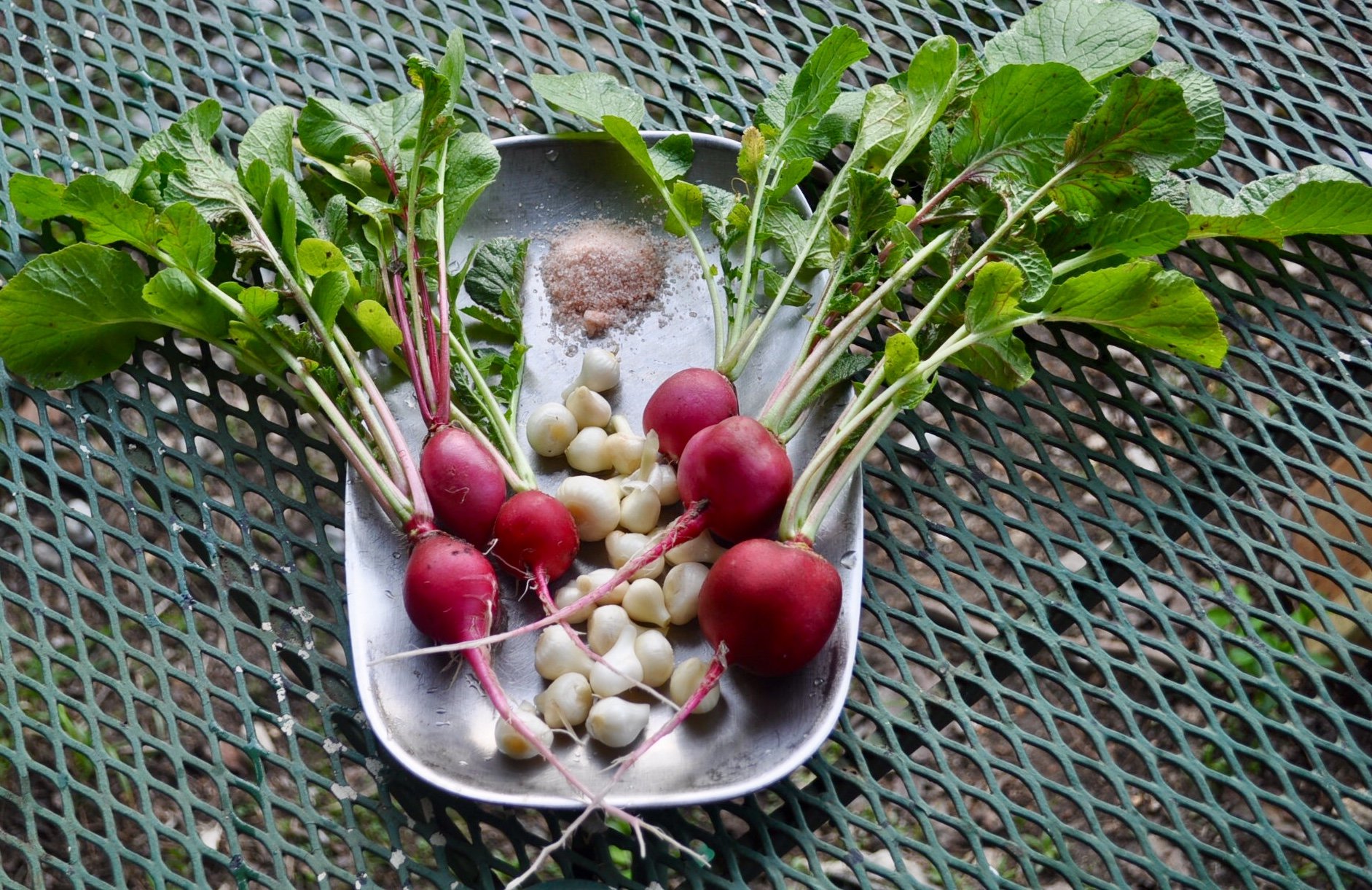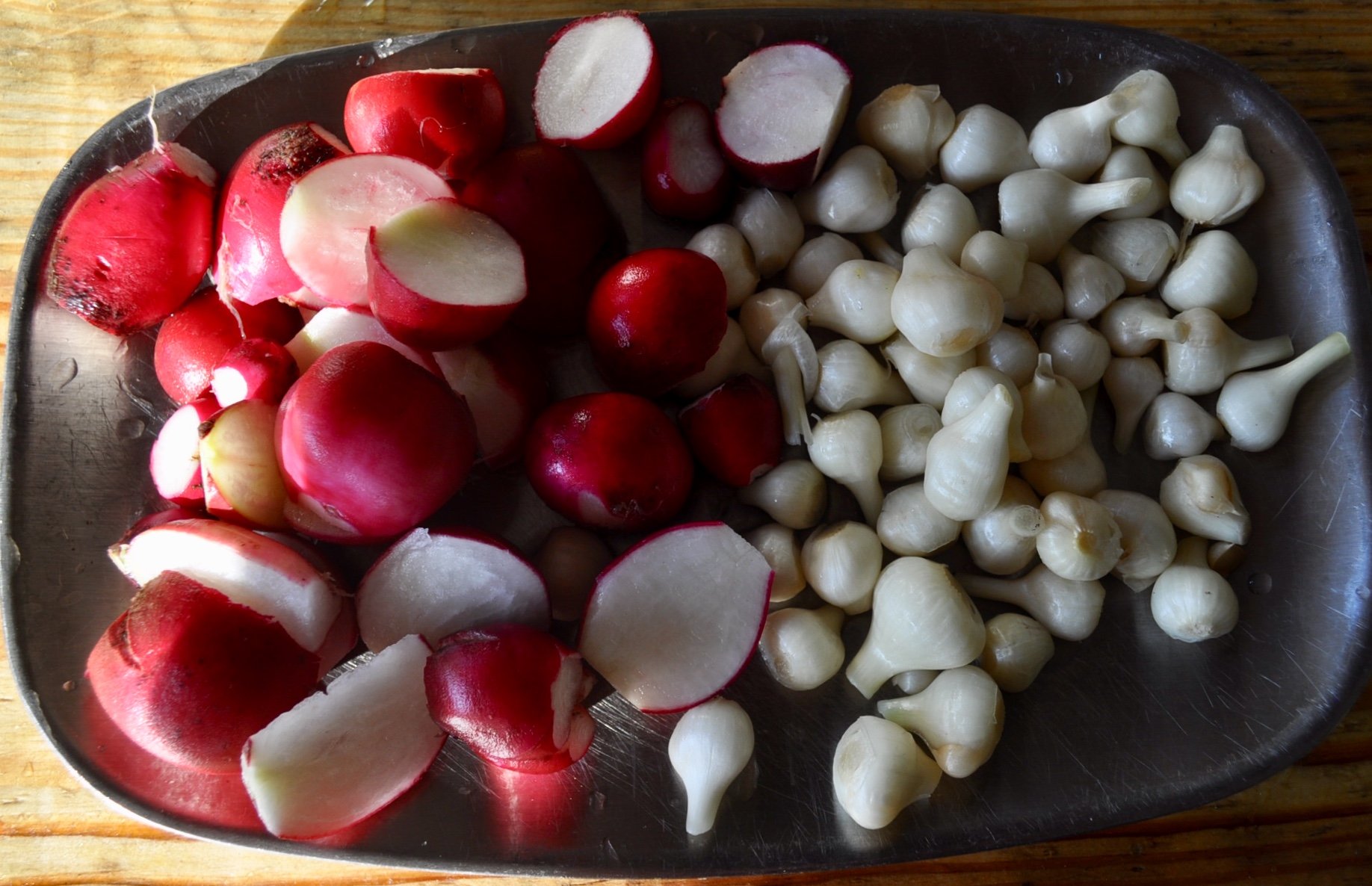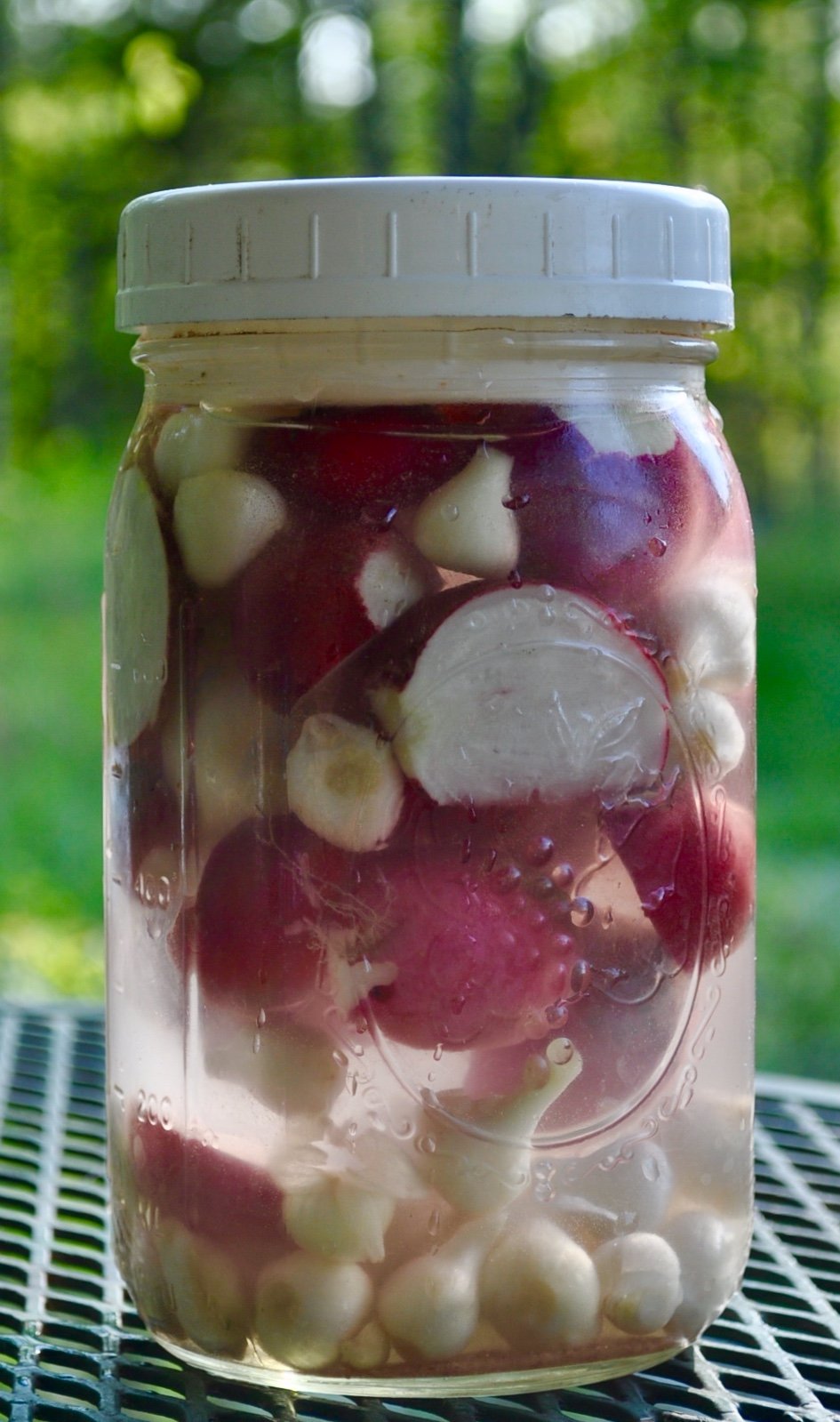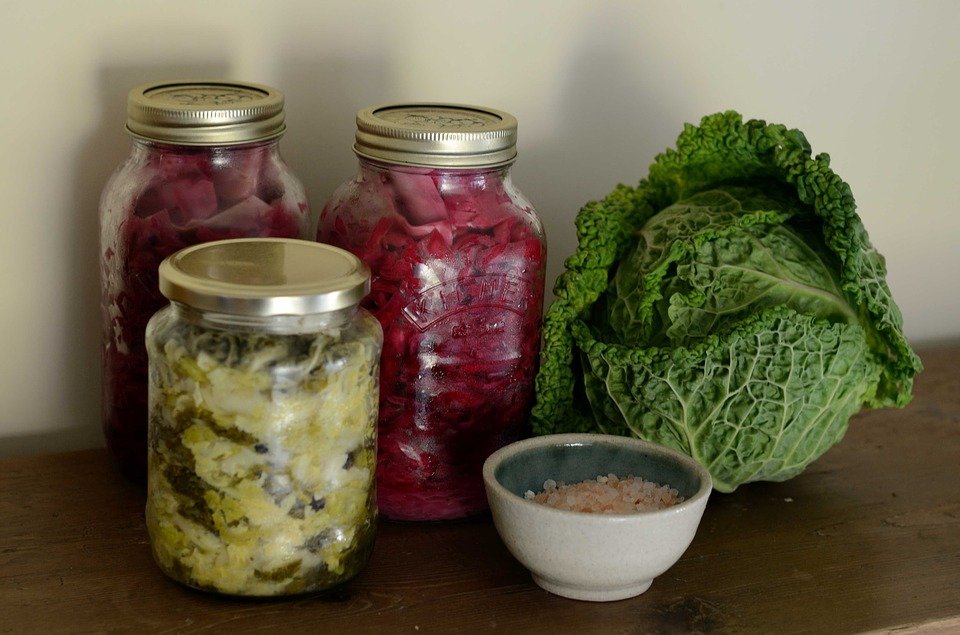ReWilding Through Wild Fermentation

There’s a lot of public attention centered around probiotics, and rightfully so. Much of the mainstream consciousness is geared towards lab grown strains of isolated bacteria. While this is fine concept, there a much more ancient, empowered and accessible way to get probiotics. You can culture them in your own micro bioregion (your kitchen, for instance) to feed your unique microbiome.
The human microbiome is just coming to be understood as a crucial part of our health and immunity and perhaps even our survival. It is compromised of the numerous strains of (mostly) bacteria that live on and in our bodies. These organisms outnumber our own cells by 10 to 1!
This means that 90% of our bodies are made up of other bodies.
Whaaat? I know this sounds wild and it really is, but we have to remember that we (in our current homo sapien form) have co-evolved within the Earth’s biome for 200 000 years. The majority of our human history takes place well before we understood micro biology on an scientific level.
Gut Health: Putting It All Together

Knowing this and also understanding the well studied link between our immune system and gut health is crucial to living a healthy life.
Some sources claim that as much as 65% of our immune system function is dependent on the gut health, but we’ll save those details for another post ;). We've barricaded ourselves behind the sterile curtain of civilization and, in doing so, have limited our body's ability to relate to the natural world.
Our modern lifestyle has often created more of the problems that we set to solve, as in the case of some infectious outbreaks. The overzealous use of antibacterial technologies (most pernicious being antibiotic medicines) have created stronger and more resilient bacterial strains that are threatening our public health.
Armed with the knowledge of the importance of a heathy immune system and diverse gut bacteria, we can reclaim sovereignty of our microbiome.
With this amazing diversity of microbes living on and in our bodies, it behooves us to take care of these little critters. Plus when we employ them in our foods, they are literally predigesting the food for us so we can not only assimilate the foods better, but also ingest the protein from their bodies and diversity of metabolites.
Knowing all of this, what are some steps you can take to support your microbiome health?
What you can do?
- Avoid antibiotics whenever possible
- Drink naturally sourced water (especially important to be free of chlorine and fluoride)
- Eat a widely diverse diet rich in fiber (many of these strains of bacteria feed on fiber and are sometimes specific to a particular food)
- Avoid use of harsh soaps and excessive washing (our skin is full of colonies that don’t appreciate being constantly killed with chemical soaps)
- Go outside barefoot (in Episode 1 we focused on the feet)
- Allow your body to come in contact natural environments (forests duff, plants, soil etc.)
AND...
Eat foods rich in beneficial bacteria
We will explore the other points in future Episodes, but would like to offer a simple and versatile technique for supporting your microbiome through simple kitchen-witchin'.
Lacto Fermented Vegetables
We're most likely all familiar with sauerkraut or kimchi, but have you ever cultured other vegetables?
It's super easy and is a great way to make use of times of plenty (like when you're harvesting a bunch of radishes or carrots to make room for something else). The most common strain of bacteria that live on and digest vegetables are lactobacillus, leading to the name of this fermentation technique. There are others of course and the abundance of a particular strain depends on the temperature, place and stage of fermentation among other factors.
Get Cultured!
You don't need to be a microbiologist to grow your own microbes and feed your microbiome, just a few easy to obtain items will do:
- Vegetables
- Glass jar(s) and lids
- Salt
- Water
Step 1:
Clean jar or jars (depending on your scale and amount of vegetables to be cultured). The level of cleanliness is up to you. Hot water sterilization, hot soapy water, h2o2 or bleach [yikes] will all get the job done. Get it clean to however you feel comfortable.

Step 3:
Wash and prep vegetables. Here I have harvested wild onions and radishes. I simply lightly scrub with a vegetable brush and run under cold water. The bacteria resides of the skin on many vegetables, and in the case of cabbage I don't bother with this step. I do wash the soil off roots though.
Step 3:
Prepare brine by mixing 1 Tbsp (30 ml) salt per quart of water (1L). A quart jar will require more or less a pint (500 ml) of brine depending on how you prepare the veggies. If you must use chlorinated tap water, boil it first to drive off the volatile gas that is added to kill bacteria.

Step 4:
You can opt to leave veggies whole as I have done here or slice, dice or shred them. The smaller the particles, the faster it fill ferment and will result in a softer texture. I find this brining technique works better with larger chunks, but have fun with experimenting.

Step 5:
Fill your cleaned jar(s) with veggies and completely submerge under the brine. The bacteria you're looking to culture grow without oxygen (anaerobic) whereas mold prefer air (aerobic). I like to use plastic small mouth mason jar lids as a weight inside wide mouth quart jars. Metal is to be avoided as it may kill bacteria and maybe even leach unwanted metals into your ferment.
Step 6:
Set in a cool(ish) dark location to ferment. It can be eaten in as little as 2 days or allowed to ripen for quite some time. The choice is up to you. As the organisms digest the food, there is a succession of different strains, each with their own needs and flavor profiles.
Step 7:
Sit down and do a dance for your microbiome! Enjoy the results of employing the numerous microbes to support your heath and wellness.
Are there any favorites ferments or practices that you employ to support your microbiome?
Stay tuned for a DTube Carrot Lactoferment coming soon, as well as future posts and videos in our rewilding series.
Previously in @mountainjewel's ReWilding Series
Episode 1: ReWilding Your Movement | Remembering the Innate Abilities of Our Feet (Vlog)
Are Humans Being Factory Farmed? | The Truth of Human Domestication (ReWilding Intro)

banner by @radicalunicorn

written by a passenger of the #ecoTrain. check the tag often for more inspiring & educational posts!

